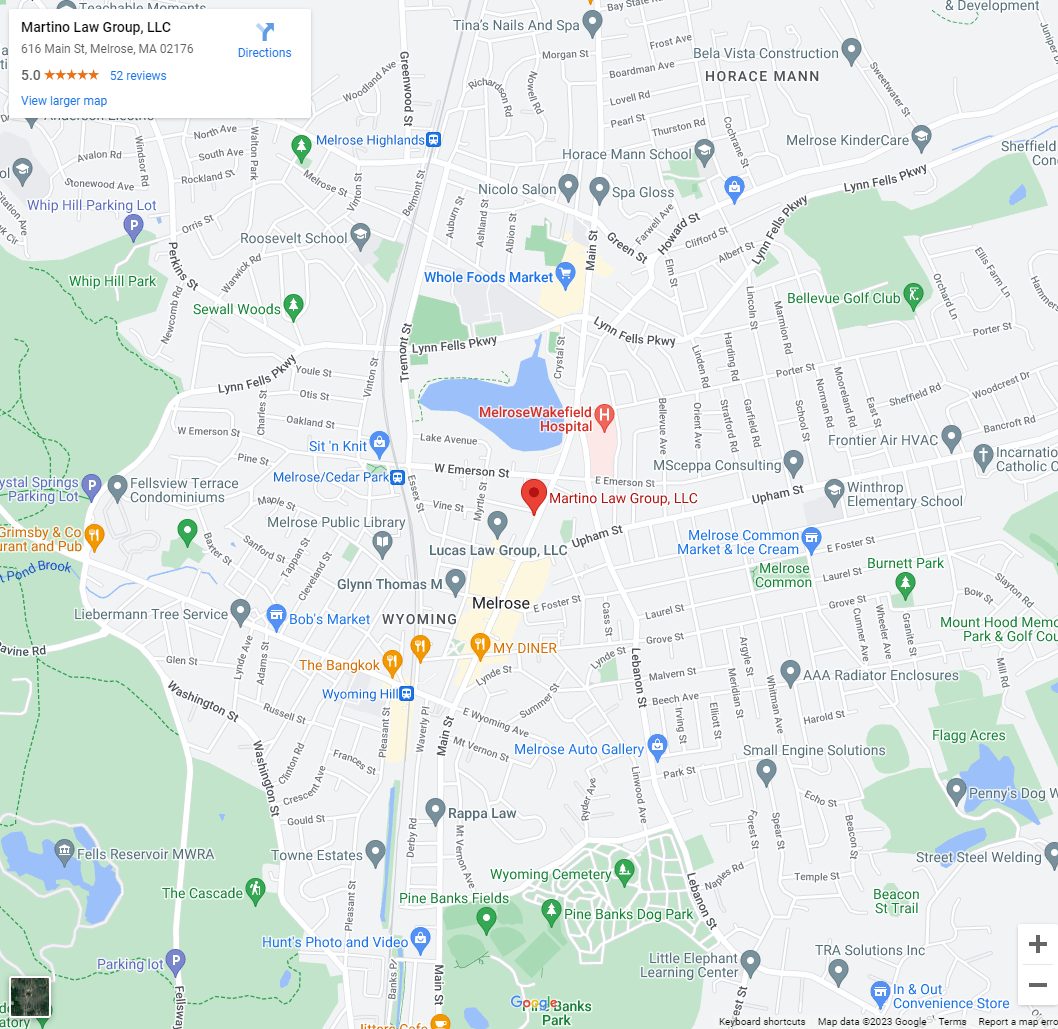When pedestrian accidents occur, the matter of who is at fault is extremely important. Every accident is surrounded by specific circumstances, so no two cases are identical. Below is some helpful information on Massachusetts pedestrian accidents, factors that may determine who is at fault, and how that can affect damages in a court case.
Comparative Fault in Massachusetts Pedestrian Accidents
There are normally two parties in an accident: the person injured and the driver of the vehicle. Both parties could maintain some amount of fault for contributing to or failing to avoid the accident. The critical factor is how much fault is attributable to each. For instance, both could be equally at fault or perhaps the driver is 75% at fault and pedestrian 25%.
Why is the percentage relevant? According to Massachusetts law, a pedestrian may only recover damages against a driver if they are at fault by 49% or less. So, in cases where both pedestrian and driver are 50% at fault, the pedestrian may not claim any damages. Alternatively, if the pedestrian was 40% at fault and driver 60%, then they may be awarded damages. Additionally, the amount of damages awarded would also reflect the percentages noted above. For instance, if a driver was found to be 60% at fault, the pedestrian would only receive 60% of damages.
Factors Contributing to Fault
There is no specific formula to determining who is at fault in Massachusetts pedestrian accidents. A jury would be responsible for weighing the facts and evidence. Among them may be:
- Was either the driver or pedestrian distracted at the time of the accident?
- Was anyone under the influence of drugs, alcohol, or medication?
- Was the pedestrian within or near a crosswalk?
- Was there a traffic light, and if so, what color was the light?
- Was there a crosswalk sign? And if so, what did it indicate at the time of the accident?
- What was the visibility at the time of the accident? Night time, snow storm, and other conditions that may impede a driver’s or pedestrian’s view would be noteworthy.
- Was the driver within the speed limit or speeding?
Generally, pedestrians have the right of way. However, this does not always mean that a driver is fully or mostly at fault. The answers to the above and other questions are extremely important.
Types of Damages
What are considered damages in Massachusetts pedestrian accidents? Here are some examples:
- Expenses for Medical Care for Injuries Sustained in the Accident
- Costs for Rehabilitation and Therapy
- Loss of Wages from Time Off to Recover from Injuries
- Loss of Employment or Employment Benefits
- Emotional Distress
- Pain & Suffering
If the pedestrian dies from his/her injuries, the pedestrian’s estate may also claim damages for funeral expenses and other support that the pedestrian would have provided to his/her family. If the accident involved criminal negligence on the part of the driver, punitive damages may also be included.
Legal Assistance for Massachusetts Pedestrian Accidents
Since determination of fault is subjective on the part of a jury, what information you present and how you present it can make a world of difference in a court case. If you are involved in any Massachusetts pedestrian accidents, it can be helpful to get assistance from an experienced attorney. You attorney can help identify ways to best protect your interests in a personal injury trial. Contact our team for an initial consultation on your recent accident.




